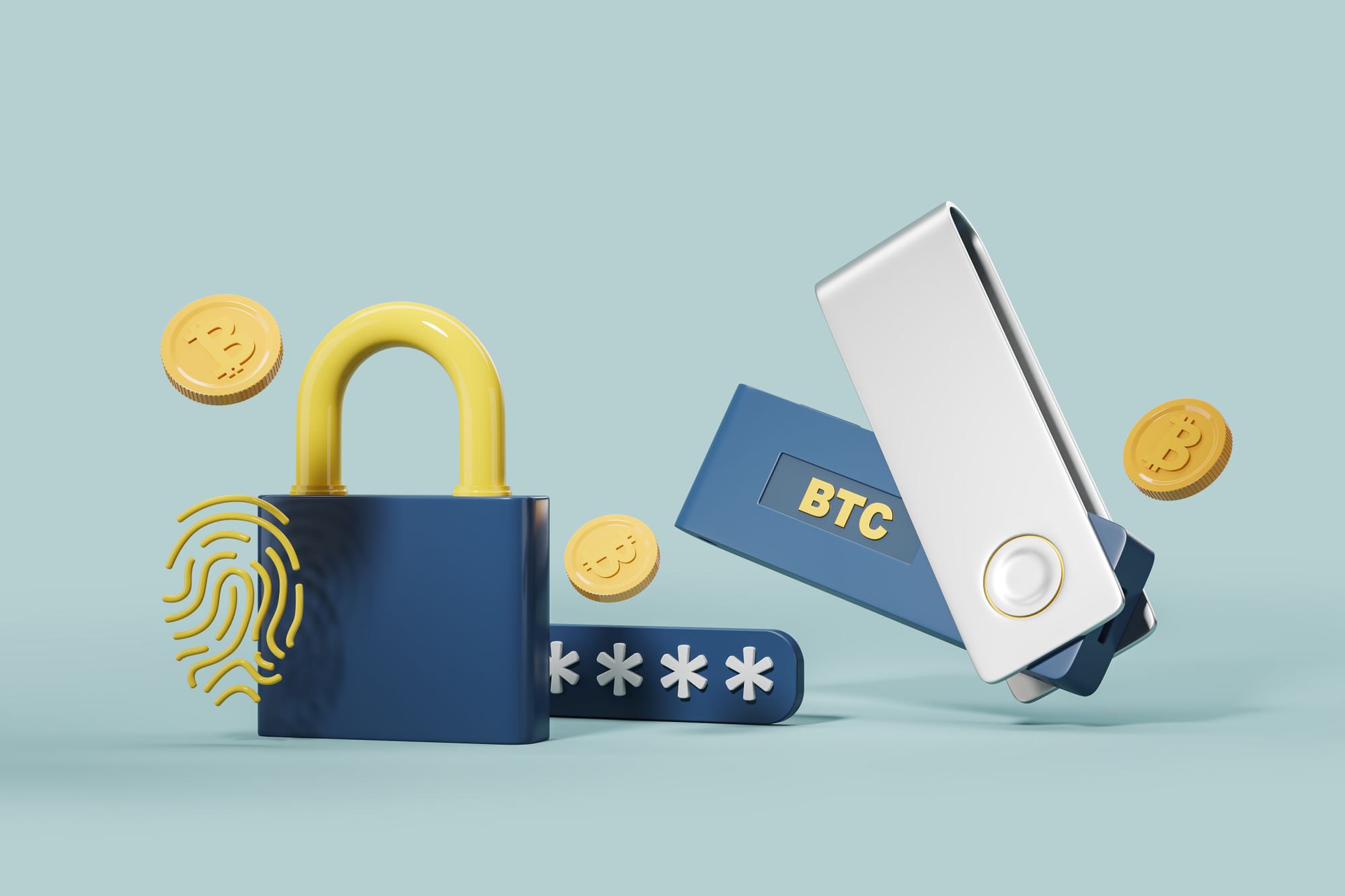8 Smart Ways to Save Money with Cryptocurrency
Discover 8 smart ways to save money with cryptocurrency—from avoiding fees to earning passive income and beating inflation.

In the ever-evolving world of personal finance, cryptocurrency has emerged as more than just a speculative investment. With thoughtful strategies, these digital assets can become powerful tools for saving money in ways traditional finance simply cannot match. Here are eight practical approaches to leverage cryptocurrency for financial efficiency.
Eliminate Currency Conversion Fees When Traveling
Anyone who's traveled internationally knows the sting of currency exchange fees. These charges, often 2-5% per transaction, can significantly impact your travel budget. Cryptocurrency offers a compelling alternative. By converting funds to stablecoins like USDC before traveling, you can avoid traditional forex fees.
Upon reaching your destination, you can convert only what you need to local currency or use crypto-friendly payment cards. Many travelers even monitor the SOL to USD exchange rates to optimize their conversions. Many travelers report savings of hundreds of dollars on extended trips through this method alone, essentially funding extra experiences with what would have been lost to conversion fees.
Reduce International Money Transfer Costs
Traditional cross-border money transfers through banks or services often incur substantial fees and unfavorable exchange rates. Cryptocurrency networks provide a more cost-effective alternative.
Sending money to family abroad or paying international contractors can be accomplished for a fraction of traditional costs. For example, transferring $1,000 internationally might cost $50-70 through conventional channels, while the same transaction using cryptocurrency networks like Stellar or Solana might cost mere cents, representing a 99% reduction in fees.
Earn Passive Income Through Staking
Many cryptocurrencies offer staking opportunities that can generate passive income at rates significantly higher than traditional savings accounts. This process involves committing your tokens to support network operations in exchange for rewards.
With bank interest rates hovering around 0.5-4% annually, staking rewards often range from 5-15%, depending on the protocol. This means that $10,000 that generates $400 annually in a high-yield savings account could earn $1,000-1,500 through staking, creating a meaningful difference in passive income generation.
Leverage Crypto Cashback Programs
Several cryptocurrency platforms now offer cashback rewards for everyday purchases that exceed traditional credit card programs. These rewards accumulate in cryptocurrency, offering both immediate savings and growth potential.
While conventional credit cards typically offer 1-2% cashback, crypto-based alternatives frequently provide 3-8% returns on spending. For a household with $30,000 in annual eligible expenses, this difference could translate to an additional $900-1,800 in savings each year.
Access DeFi Lending Markets for Better Rates
Decentralized finance (DeFi) platforms allow individuals to access lending markets without traditional banking intermediaries. This direct market access often results in more favorable rates for both borrowers and lenders.
Someone needing a $20,000 personal loan might face 8-16% interest rates through conventional lenders. DeFi protocols frequently offer collateralized loans at 4-8% interest, potentially saving thousands over the life of the loan. Similarly, depositors can earn higher yields by providing liquidity directly to these markets instead of allowing banks to profit from their deposits.
Reduce Transaction Fees for Online Payments
Merchants accepting cryptocurrency payments typically incur lower processing fees than those using traditional payment processors like Visa or PayPal. These savings are increasingly being passed on to consumers through discounts.
Credit card processors charge merchants 2-3% per transaction, which is ultimately reflected in higher prices. Businesses accepting cryptocurrency payments often offer 1-5% discounts to customers who choose this payment method, creating immediate savings on purchases while helping merchants reduce operating costs.
Protect Purchasing Power During Inflation
Certain cryptocurrencies with fixed supply schedules or deflationary mechanisms can serve as hedges against inflation, potentially preserving purchasing power better than fiat currency.
When inflation erodes the value of traditional currency at 2-8% annually, assets with credibly limited supply like Bitcoin have historically outperformed over multi-year periods. While short-term volatility exists, many families now allocate a portion of their savings to these assets specifically to counter the effects of monetary debasement on their long-term financial security.
Eliminate Banking Fees Through Self-Custody
Traditional banking relationships often come with a surprising array of fees: account maintenance, minimum balance penalties, overdraft charges, and more. Self-custody cryptocurrency solutions eliminate these costs.
The average American pays $329 annually in bank fees, while self-custodied cryptocurrency wallets typically operate with no recurring costs beyond network transaction fees. For a family of four, switching to cryptocurrency for basic financial services could save over $1,300 per year in unnecessary banking expenses.
Conclusion
The cryptocurrency ecosystem has matured significantly, transforming from purely speculative investments into practical financial tools. While volatility and regulatory considerations remain important factors, the tangible cost savings available through these technologies have become increasingly difficult to ignore.
As with any financial strategy, a balanced approach that incorporates both traditional and cryptocurrency-based solutions, tailored to your specific circumstances and risk tolerance, will likely yield the best results. The key is recognizing that cryptocurrency now offers legitimate paths to financial efficiency that simply didn't exist a decade ago.


